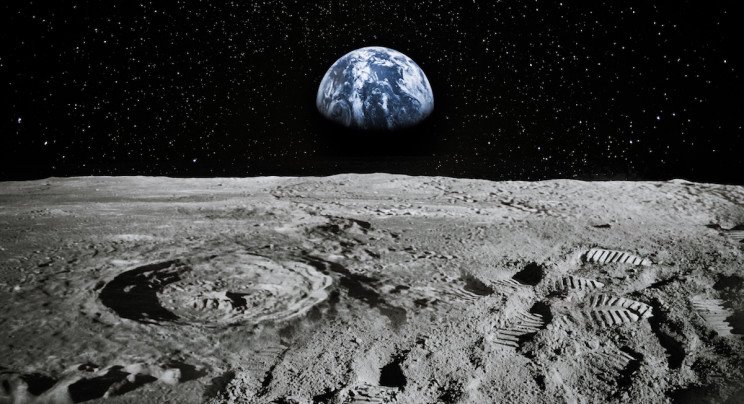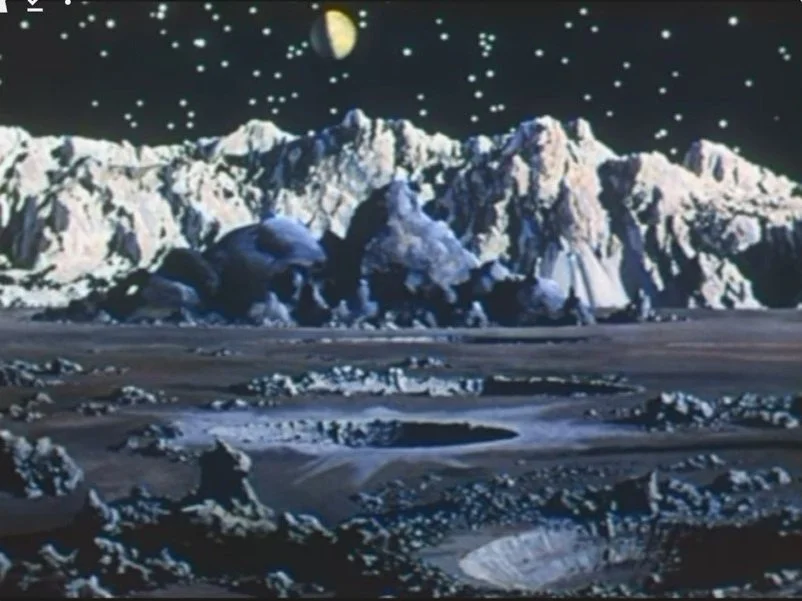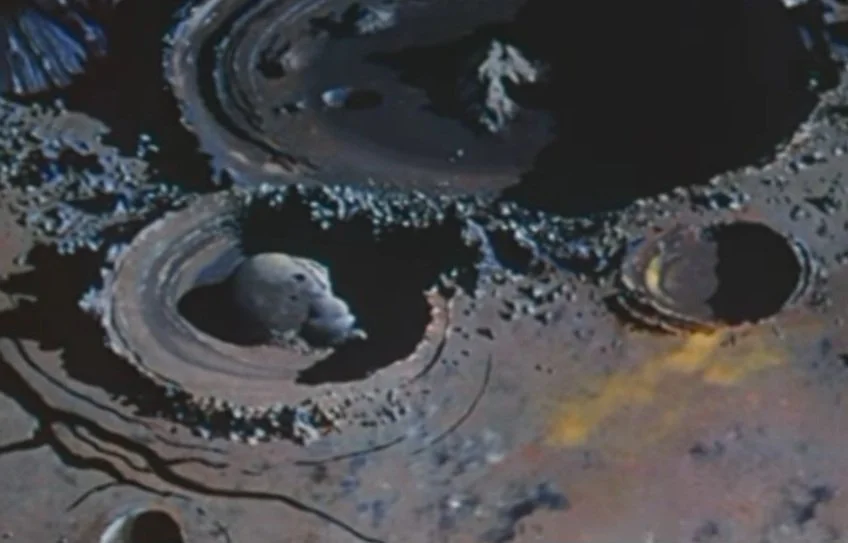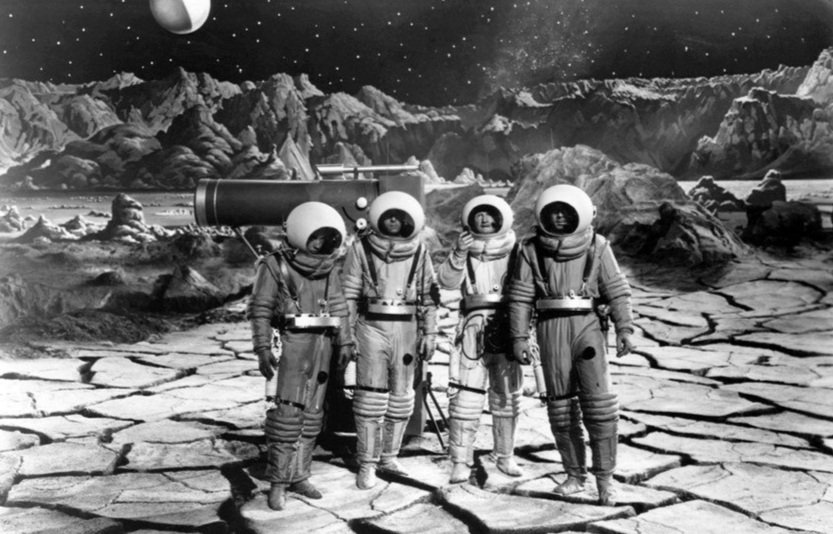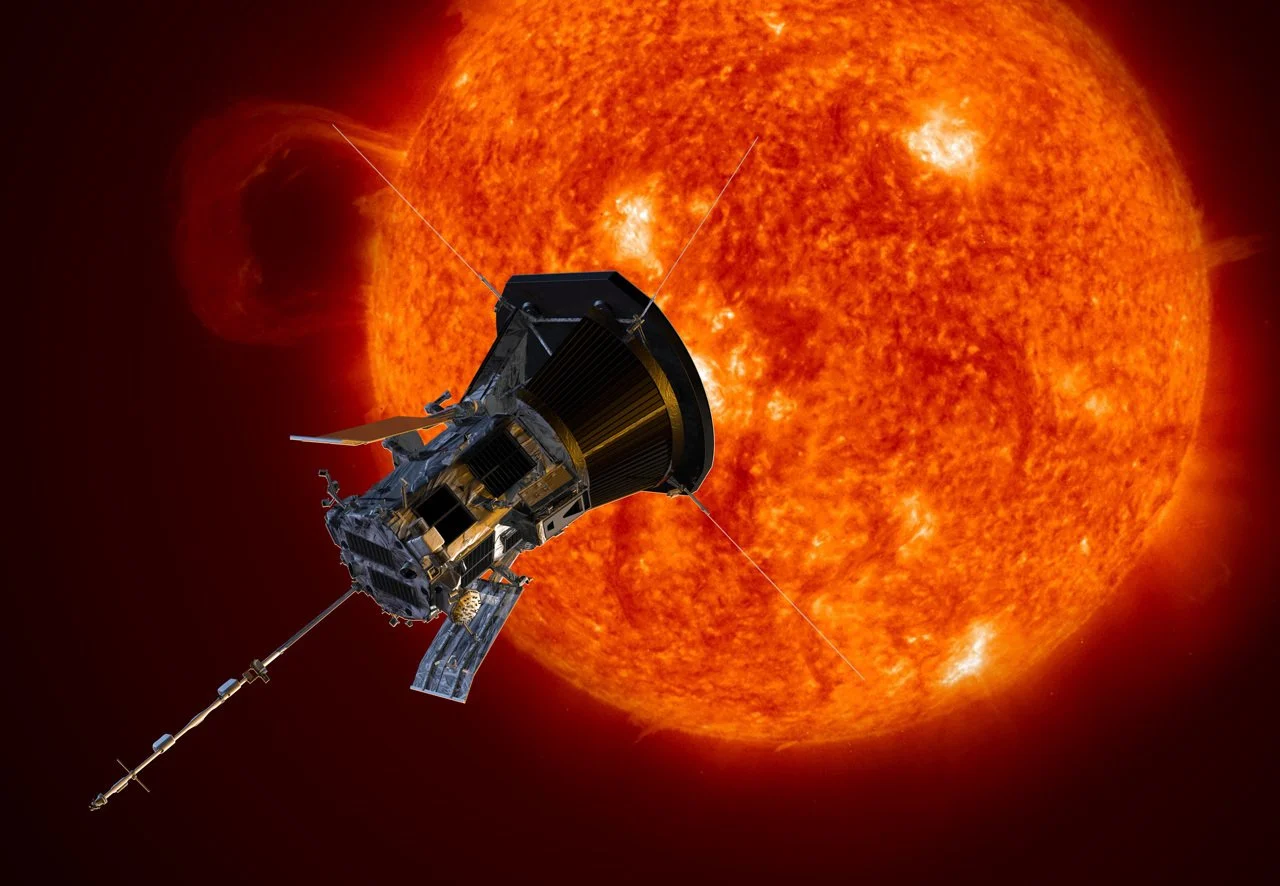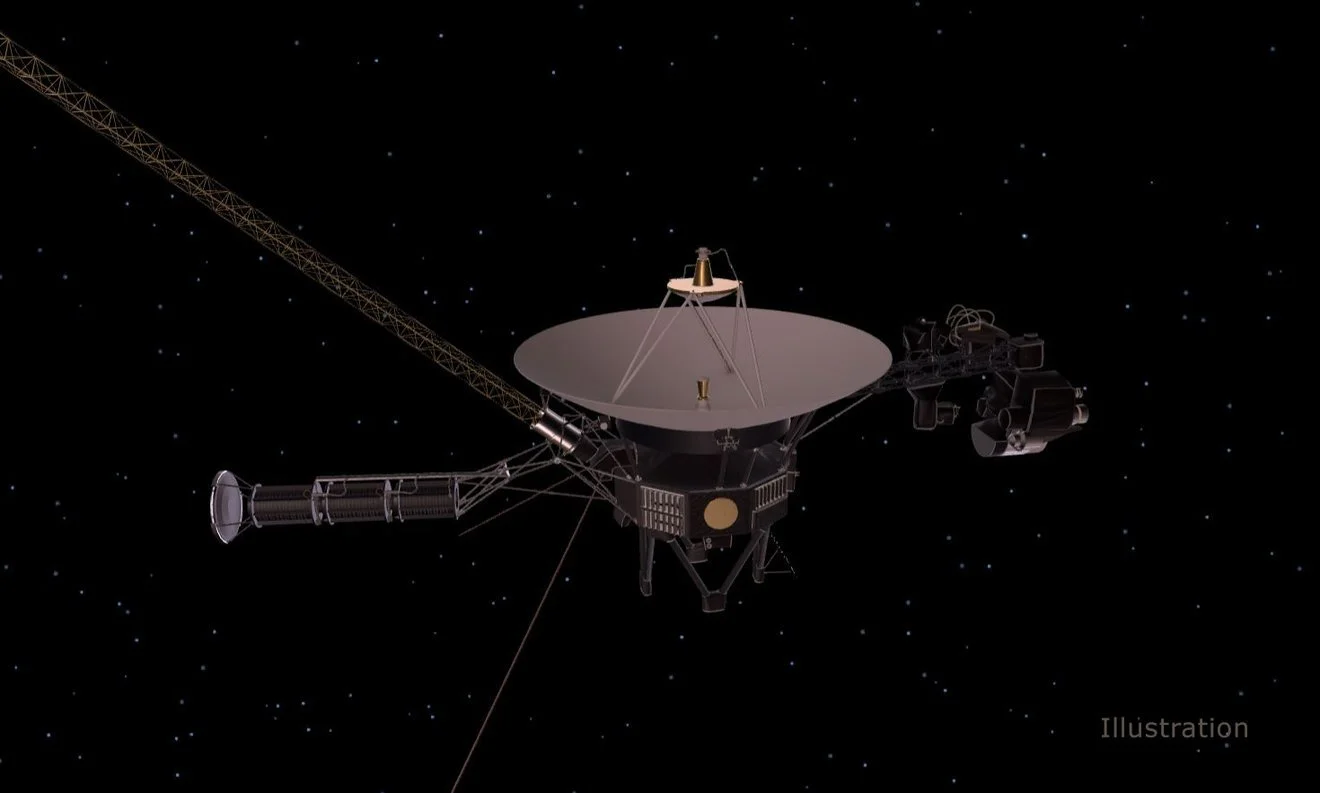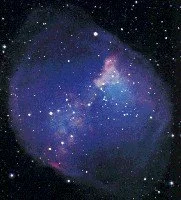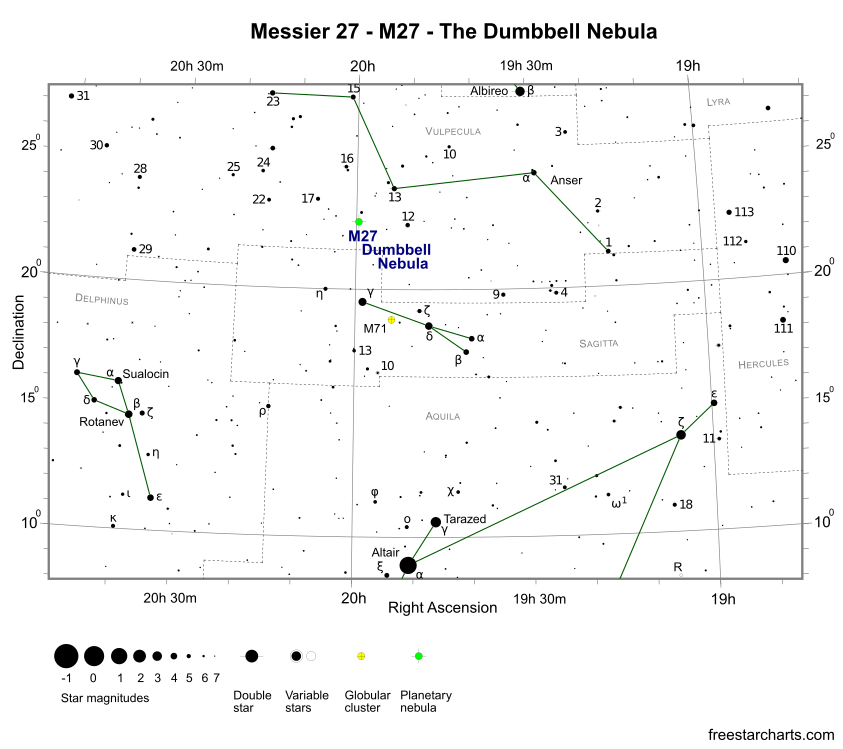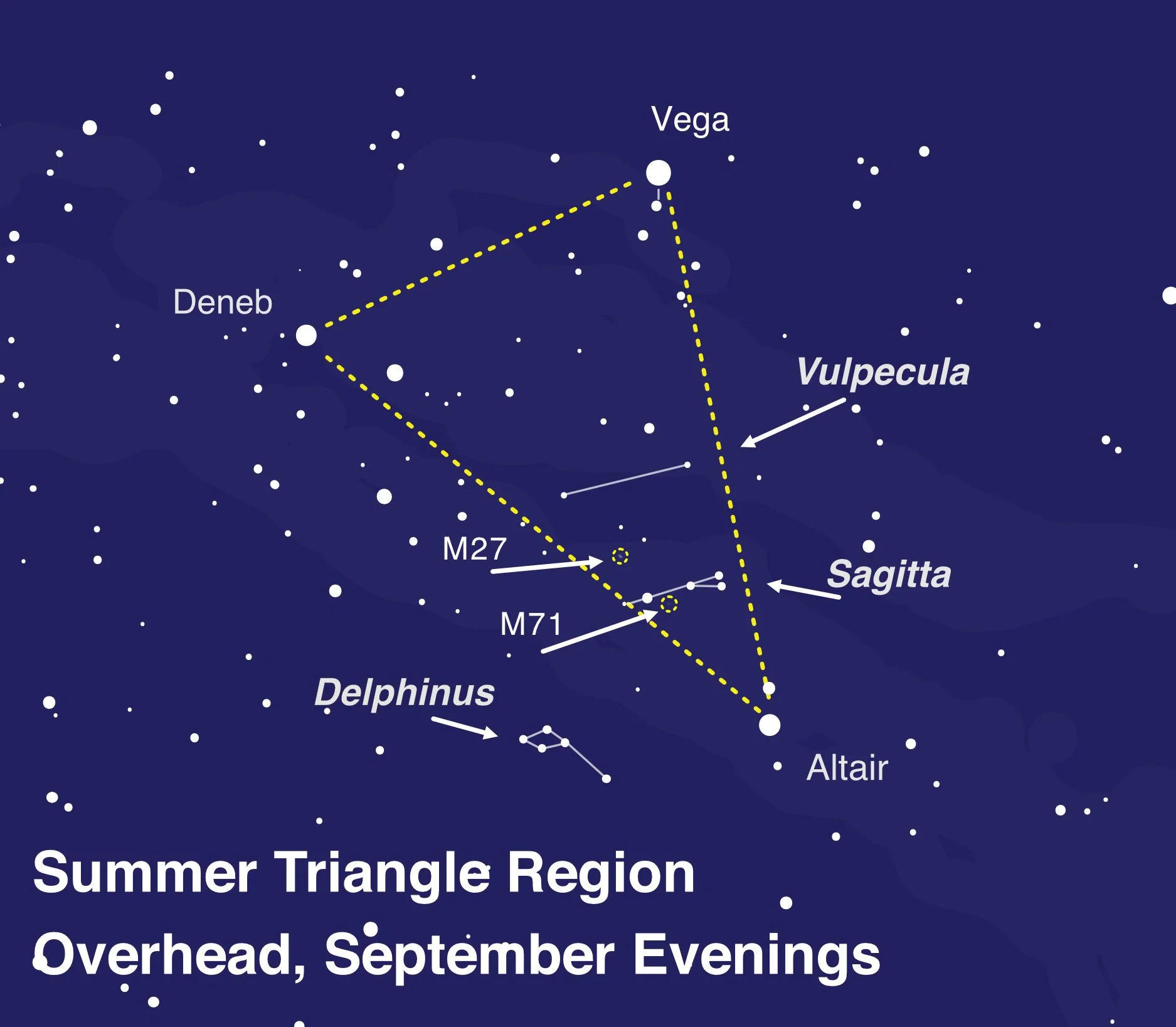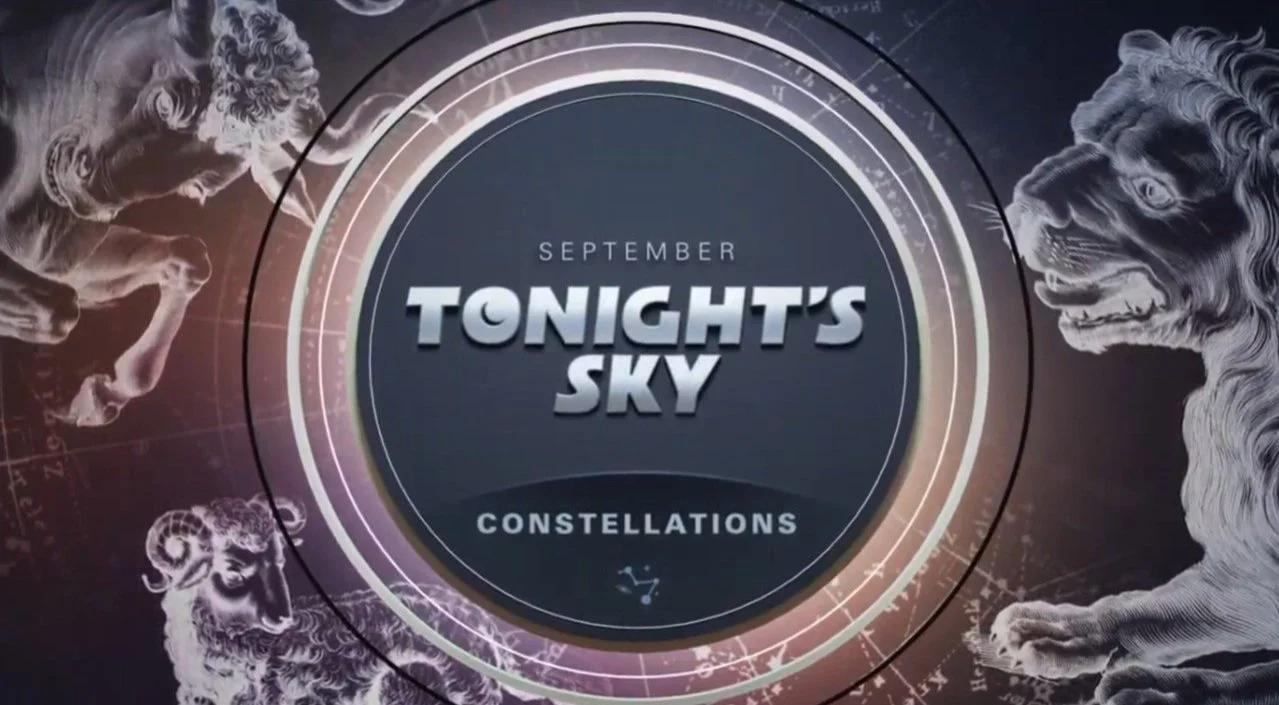Astral Projections Online September 2022
Check our Website for updated content at www.astra-nj.com
Club Presentations Wanted:
Does anyone have any astronomy items of interest to share with the membership?
Please let us know at Club Contacts.
ASTRAL PROJECTIONS ONLINE (APO for short) is an email-linked publication for members only. If you exit APO to the club website or other resources you will need to use the emailed link again to get back to it. If you wish to retain a copy please bookmark or refer back to the email. We will make all efforts to post by the first week of the month.
Submissions Welcome: Members are invited to submit articles, photos, news, or stories for inclusion with Astral Projections Online. Please contact the ASTRA Webmaster.
Event Calendar
ASTRA’s next meeting will be Friday, September 9, 2022, at 7 PM EST. This will be an in-person meeting at the Planetarium. We will be suspending the Zoom sessions starting in September. We will utilize Zoom if we go back under COVID restrictions, campus closure or if the weather is severe enough to warrant it.
Lavallette Yacht Club - Thursday, September 1, 2022, at 7:30 PM
Jakes Branch Public Star Party - Saturday, September 17, 2022, at 7:30 PM
Jakes Branch Public Star Party - International Observe the Moon Night - Saturday, October 1, 2022, at 7 PM
Jakes Branch Public Star Party - Saturday, November 19, 2022, at 6 PM
EVENT Cancellations: Members will receive email notifications of an event cancellation.
Upcoming County Park Presentations 2022
Public Outreach Presentations, if any member wishes to support ASTRA outreach efforts with the public, please let Vinny, Ro, or Jim know of any interest.
County Park presentations require a registration fee, call the hosting park to reserve.
Catus Island - November 15 - 6 PM - Beginner Astronomy
Jakes Branch - February 21 - 6 PM - Astronomy with Binoculars
Catus Island - February 28 - 6 PM - Beginner Milkyway Photography
Website Updates …
Please visit our club website. We continue to have additional updates, if there is some content that would be useful to members please let us know.
"Astronomy is a journey that takes one far from familiar shores, strengthening the heart, the mind, and empowering the soul.”
- Tom Pickett - Texas Astronomer
ASTRA Picnic - August 13
For August as usual we did not have a regularly scheduled meeting but we did have our Perseid Picnic.
Astra members gathered together for our annual Perseid picnic. The weather was in our favor this day and we were also able to provide some solar observations. Needless to say, we all enjoyed ourselves with good friends, good conversation, good food, and a wonderful host and hostess. Thank again to Jackie and Geoff for hosting it.
Event Reports
Island Beach State Park
August was a mixed bag of some bad weather and good, so we were able to get out there for some evenings. Included was a change on August 12. Working with the park at lot 21 we provided an overview of meteor showers and light pollution with the park's environmental team members. This was followed up with our normal star party setup.
Jakes Branch
On August 20 we had a good showing of members and guests at Jakes Branch. The weather cooperated with us and Saturn presented itself nicely. It was also nice to see a potent new young member out there with his telescope as well. Hoping to see him and his family at upcoming meetings and events. Seeing kids out there with an interest in astronomy was a welcome sight.
Our Nearest Neighbor
Let’s explore some interesting features, facts, or myths about our nearest neighbor, the Moon. Without it, life on Earth would be totally different, if not at all.
Monthly Lunar Destination - by Vic Palmieri
Fig 1: Destination Moon – George Pal Production
Last month the Lunar Destination was the landing site of Apollo 15. The landing areas of all the Apollo Missions can easily be found on the internet, however, Apollo 15’s is unique and easily identified by telescope because of the mountainous terrain, crater, and mile-wide rille. I thought it would be interesting to identify a specific landing site, which is a real place on the Moon, of a fictional Moon mission as much as it was to identify a non-fiction mission.
The 1950 movie Destination Moon, filmed in color, was the first major science fiction movie to accurately portray the difficulties of a mission to the Moon. The rocket was named Luna and the engineering and technical challenges were as much a part of the movie as the four brave astronauts who made the trip. The movie even includes an animated tutorial presented by Woody Woodpecker explaining rocket propulsion! Many scenes were the work of the famous space artist Chesley Bonestell. Of course, there were a few scenes where the artistic license was employed to satisfy the expectations of the public. The appearance of the lunar surface and the star-strewn lunar sky are examples.
What I found intriguing about this movie is the tenuous connections to both Apollo 15 and Apollo 17. But first things first. Where did the Luna land? It landed in the crater Harpalus. When I researched Harpalus I discovered that there were two people of that name. One was a sort of con man who knew Alexander the Great and the other a Greek astronomer (c.460 BC). I figured it was the astronomer for whom the crater was named.
As you can see from the location map, figure 2, the crater Harpalus is located in the higher latitudes of the Moon’s northern hemisphere. To make orbital mechanics less complicated the early Apollo missions landed within the equatorial region of the Moon.
There is no doubt that the technical experts advising on the film knew this but the wishes of the director, producer, scriptwriters, and others desired to have the distant Earth low in the lunar sky just above the lunar mountains for several scenes. To accurately accomplish this the Luna had to land at high latitude. The crater Harpalus was selected.
Figure 2: Location Map. Celestron
Earlier I mentioned the tenuous connections of the movie with Apollo 15 and 17. In a broader sense both the movie and our space program were motivated by the same forces: The Cold War.
When Apollo 15 landed Commander Dave Scott stood on top of the ascent engine’s nacelle, opened the top hatch of the Lunar Excursion Module and gave a 25 minute voice description of the lunar panorama he was seeing. This was the only Apollo mission to do this. In Destination Moon, two of the astronauts stand by the opened airlock door and a visual panorama is provided. Figure 3 is a screen shot of the panorama. Notice the Earth low over the mountains.
Fig 3: Destination Moon – Panorama
On the way to the Moon the crew of Luna performed a spacewalk to repair an antenna. On Apollo 15, after leaving Lunar Orbit, Command Module Pilot Alfred Worden performed an EVA to retrieve film and other scientific data from a bay on the Service Module.
One of the prize discoveries of Apollo 17 was the finding of strange orange soil near their Taurus – Littrow landing site. The soil is over 3.6 billion years old and was formed by volcanic processes. Particles in this soil were some of the smallest ever found on the Moon and the composition of this soil has not been completely identified. There is a wealth of technical information available regarding this soil on the internet. The astronauts on Luna find orange soil soon as they opened the airlock door!
Fig 4: Panorama – Orange Soil
When and how to observe the Crater Harpulus? It lies in Mare Frigoris (The Sea of Cold) and is a 39 Km diameter ray crater 2.9 Km deep with terraced walls and is one of only a few large craters in the mare. Once you locate Sinus Iridum (Bay of Rainbows) follow the curve of the Jura Mountains until you see the crater Bianchini then find the crater Foucault and in that line you will see Harpalus. Figure 5. Best time to observe Harpulus is three or four days past 1st Quarter.
Fig 5: Rukl Location Map
Fig 6: Luna Crew on EVA – Destination Moon
Outreach material below is distributed free for public outreach.
Around The Web
The NASA NSN held a webinar on the Parker Solar Probe. Night Sky Network members joined Dr. Kelly Korreck on Monday, August 22, 2022, when she discussed the latest updates. … NSN YouTube
An artist's concept of NASA's Parker Solar Probe observing the Sun. Credit: NASA/Johns Hopkins APL/Steve Gribben
Dr. Kelly Korreck is a scientist in the Heliophysics Division at NASA Headquarters, where she works with a host of NASA missions and works on science activation and education.
As it orbits the Sun, NASA’s Parker Solar Probe encounters some of the most challenging conditions ever faced by a spacecraft: temperatures up to nearly 1,500 degrees Fahrenheit, space dust that could easily degrade materials and instruments, and intense light and high-speed particles escaping from our closest star. But four years after …
Solarsystem.nasa.gov
NASA/Goddard
Johns Hopkins University
APO Editor: There has been a lot of activity with the sun this summer. To stay current check out SpaceWeather.com.
Any member interested in some solar observing, let’s review at the ASTRA September meeting.
Voyager 1 Mission Turns 45 On September 5
Engineers have solved Voyager-1 data glitch. For more, go to the linked jpl.nasa.gov article.
Let’s Explore Space - What’s in the Sky September 2022?
Dumbell Nebula - M27
The Dumbbell Nebula is a planetary nebula in the constellation Vulpecula, at a distance of about 1360 light-years. It was the first such nebula to be discovered, by Charles Messier in 1764. Wikipedia
Age: 9,807 years
Magnitude: 7.5
Distance to Earth: 1,360 light-years
Coordinates: RA 19h 59m 35s | Dec +22° 43′ 16″
Constellation: Vulpecula
Distance: 417+49; −65 pc; 376.3±6.2 pc
Radius: 1.44+0.21; −0.16 ly
The Dumbbell Nebula (also known as the Apple Core Nebula, Messier 27, and NGC 6853) is a planetary nebula. It is another object that many of our ASTRA members have observed as well as imaged.
M27, found in the constellation of Vulpecula was discovered, by Charles Messier in 1764. Visible in binoculars appear as a small oblong-shaped patch of light. With 15x70 models it appears much larger and brighter with a distinct central section surrounded by fainter outer regions. An 80mm (3.1-inch) telescope will show the famous hourglass shape, especially when using averted vision. With larger telescopes, M27 displays more intricate surface details. It's a wonderful sight when viewed through 200mm (8-inch) scopes and as with many objects of this type a nebula filter often enhances the view.
On the lighter side of astronomy …
Members Submitted Articles & Items
Whatever it is, the way you tell your story online can make all the difference.
Nothing for September
For more go to NASA Jet Propulsion Laboratory webpage: What’s Up: Skywatching Tips From NASA
This article and images are distributed by NASA Night Sky Network
The Night Sky Network program supports astronomy clubs across the USA dedicated to astronomy outreach.
Visit nightsky.jpl.nasa.gov to find local clubs, events, and more!
The Summer Triangle’s Hidden Treasures
By David Prosper
September skies bring the lovely Summer Triangle asterism into prime position after nightfall for observers in the Northern Hemisphere. Its position high in the sky may make it difficult for some to observe its member stars comfortably, since looking straight up while standing can be hard on one’s neck! While that isn’t much of a problem for those that just want to quickly spot its brightest stars and member constellations, this difficulty can prevent folks from seeing some of the lesser known and dimmer star patterns scattered around its informal borders. The solution? Lie down on the ground with a comfortable blanket or mat, or grab a lawn or gravity chair and sit luxuriously while facing up. You’ll quickly spot the major constellations of the Summer Triangle’s three corner stars: Lyra with the bright star Vega, Cygnus with the brilliant star Deneb, and Aquila with its blazing star, Altair. As you get comfortable and your eyes adjust, you’ll soon find yourself able to spot a few constellations hidden in plain sight in the region around the Summer Triangle: Vulpecula the Fox, Sagitta the Arrow, and Delphinus the Dolphin! You could call these the Summer Triangle’s “hidden treasures” – and they are hidden in plain sight for those that know where to look!
Vulpecula the Fox is located near the middle of the Summer Triangle, and is relatively small, like its namesake. Despite its size, it features the largest planetary nebula in our skies: M27, aka the Dumbbell Nebula! It’s visible in binoculars as a fuzzy “star” and when seen through telescopes, its distinctive shape can be observed more readily - especially with larger telescopes. Planetary nebulae are named such because their round fuzzy appearances were initially thought to resemble the disc of a planet by early telescopic observers, form when stars similar to our Sun begin to die. The star will expand into a massive red giant, and its gasses drift off into space, forming a nebula. Eventually, the star collapses into a white dwarf – as seen with M27 - and eventually, the colorful shell of gasses will dissipate throughout the galaxy, leaving behind a solitary, tiny, dense, white dwarf star. You are getting a peek into our Sun’s far-distant future when you observe this object!
APO Editor Note: For more on M27 Dumbell Nebula see APO Let’s Explore Space for September 2022.
Search around the Summer Triangle to spot some of its hidden treasures! To improve readability, the lines for the constellations of Aquilla, Lyra, and Cygnus have been removed, but you can find a map which includes them in our previous article, Spot the Stars of the Summer Triangle, from August 2019. These aren’t the only wonderful celestial sights found around its borders; since the Milky Way passes through this region, it’s littered with many incredible deep-sky objects for those using binoculars or a telescope to scan the heavens. Image created with assistance from Stellarium: stellarium.org
Sagitta the Arrow is even smaller than Vulpecula – it’s the third smallest constellation in the sky! Located between the stars of Vulpecula and Aquila the Eagle, Sagitta’s stars resemble its namesake arrow. It too contains an interesting deep-sky object: M71, an unusually small and young globular cluster whose lack of a strong central core has long confused and intrigued astronomers. It’s visible in binoculars, and a larger telescope will enable you to separate its stars a bit more easily than most globulars; you’ll certainly see why it was thought to be an open cluster!
Delicate Delphinus the Dolphin appears to dive in and out of the Milky Way near Aquilla and Sagitta! Many stargazers identify Delphinus as a herald of the fainter water constellations, rising in the east after sunset as fall approaches. The starry dolphin appears to leap out of the great celestial ocean, announcing the arrival of more wonderful sights later in the evening.
M71 as seen by Hubble. Your own views very likely won’t be as sharp or close as this. However, this photo does show the cluster’s lack of a bright, concentrated core, which led astronomers until fairly recently to classify this unusual cluster as an “open cluster” rather than as a “globular cluster.” Studies in the 1970s proved it to be a globular cluster after all – though an unusually young and small one! Credit ESA/Hubble and NASA. Source: https://www.nasa.gov/feature/goddard/2017/messier-71
Want to hunt for more treasures? You’ll need a treasure map, and the Night Sky Network’s “Trip Around the Triangle” handout is the perfect guide for your quest! Download one before your observing session at bit.ly/TriangleTrip. And of course, while you wait for the Sun to set - or skies to clear - you can always find out more about the objects and science hidden inside these treasures by checking out NASA’s latest at nasa.gov.
APO Editor Note: For more on the Summer Triangle check out YouTube video from Learn The Sky.
Attempt 1 Scrubbed - When will Artemis 1 Launch?
As of the August 30 briefing, it was announced that the Artemis 1 current launch date will be the afternoon of September 3, 2022, at 2:17 PM EST.
Reported by Spacenews.com
Tonight’s Sky: September
Pegasus becomes increasingly prominent in the southeastern sky, allowing stargazers to locate globular star clusters and a nearby double star, Alpha Capricorni. Keep watching for space-based views of densely packed, spherical collections of ancient stars in visible and X-ray light.
Visit the STScI which produces Hubblesite.org video overviews for Tonight’s Sky.
They can be found both on Facebook and stsci.edu.
Submissions Welcome
Members are invited to submit articles, photos, news, or stories for inclusion with Astral Projections Online. Please contact the ASTRA Webmaster.


